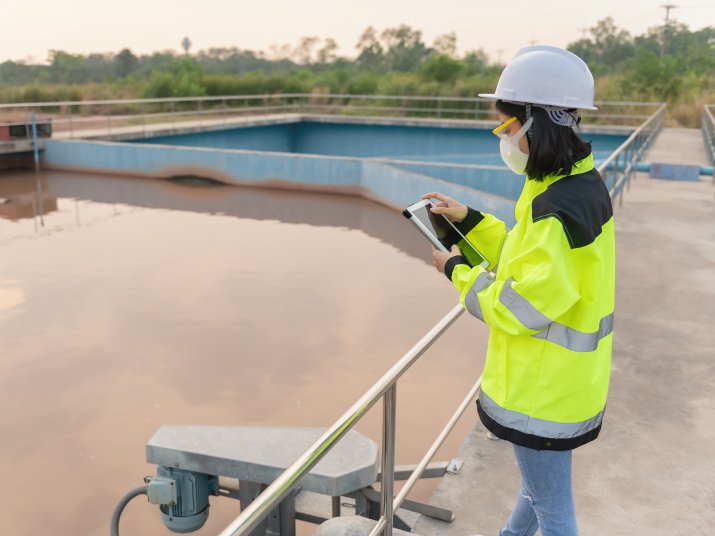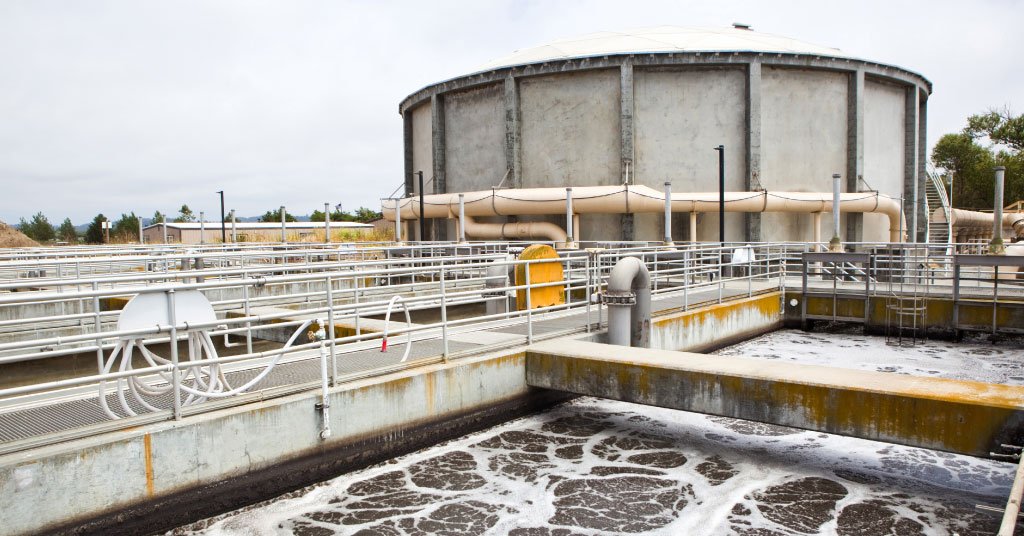The wastewater treatment industry is expected to face unprecedented
challenges in the future decades to come. Much of this can be attributed to the mounting effects of climate change, and the complex issues involving the link between wastewater and energy must also be addressed.
The application of Computational Fluid Dynamics (CFD) is witnessing an upward trend in wastewater treatment. CFD assists in nutrient removal and anaerobic digestion with an application to almost all unit processes, from hydraulic elements like flow splitting to physical, chemical, and biological processes like suspended growth.
CFD’s capability levels vary between different process units, with a high frequency of application in final sedimentation, activated sludge basin modeling and disinfection, and more significant needs in primary sedimentation and anaerobic digestion.
In this blog post, we will discuss the role of CFD and some of its key benefits.
What is CFD Consulting?

CFD consulting involves the comprehensive utilization of non-Newtonian fluids, multiphase systems, and biokinetics to address the diversity of process designs.
A coherent and comprehensive CFD consulting practice takes into account several factors that include improved particle aggregation, breakup flocculation, and improved coupling of biology and hydraulics.
In the case of wastewater treatment, generalized strategies based on CFD modeling should improve the mixing efficiency of a full-scale, unconfined gas-mixed digester.
Role of CFD Consulting in Wastewater Treatment Plants
Design’s success has been a critical point of concern for all professionals in water treatment facilities. To ensure reliable operation, constantly upgrading the plant’s equipment is essential.
Here’s how CFD plays a crucial role in wastewater management facilities:
Ensures Efficiency
The main objective is to ensure an adequate treatment process and to guarantee its maximum efficiency. A well-researched CFD strategy can help in this, as it incorporates the assessment of different mixing geometries and a range of input gas flow rates.
Extends Technical Capabilities
Moreover, CFD consulting teams provide evolving improvements in computer speed, memory, and improved software for implementing methods smoothly and integrated processes.
Provides Specialized Tools
Therefore, it is the focus of CFD strategies to enable broader usage of tools for understanding, troubleshooting, and optimal design of wastewater treatment unit processes.
Problems of Conventional Wastewater Treatment Reactors
The design of water and wastewater treatment reactors is mainly a chemical engineering concern. Due to the complexity of the problems to be solved via chemical engineering, the classical approach is mainly based on global balances.
Other significant issues in the water and wastewater industry include meeting quality requirements and ensuring treatment process efficiency to manage investment and operating costs.
Therefore, it requires powerful predictive modeling and simulation tools that can account for the multiple interactions between all the water quality and process design parameters.
Computational Fluid Dynamics (CFD) is based on the numerical solution of partial differential equations. Due to its versatility, CFD has become an efficient tool for analyzing the behavior of such complex equipment and treatment processes.
Impact of Regulations on Wastewater Treatment Plants
Recent regulations and natural environment protection guidelines concerning effluent quality in wastewater treatment have necessitated the development of more advanced treatment processes. The goal is to remove nitrogen and phosphorus pollution in fixed-bed reactors.
Moreover, plants must reduce the generation of by-products and secondary wastes.
To add, there is a growing need to improve water and wastewater treatment plants by minimizing the building area of such plants in urban zones. This is why new processes are developed to minimize sludge production and reduce operating costs by lowering energy consumption.
For example, Circulating bed biological reactors, such as airlift internal loop reactors, are an excellent example of minimum energy consumption. These belong to the new generation of mobile bed reactors that leverage the injection of gas. It creates a high interfacial area, leading to a good mass transfer and generating liquid circulation without additional mixing and associated energy consumption.
How Can CFD Consulting and Modeling Help Wastewater Treatment Plants?
The main objective of CFD consultation is to identify problem areas, ensure a thorough wastewater treatment process and guarantee its maximum efficiency.
To understand the meaning of axial dispersion coefficients better, CFD consulting studies include different effects, such as molecular diffusivity, turbulent diffusivity, and dispersion effects on modeling.
Due to the increasing power of computers, CFD has become an efficient tool to reach the sustainable objectives of wastewater treatment.
In order to understand the physical phenomena controlling the hydrodynamics of wastewater treatment reactors, CFD consulting combined with experimental studies can improve the simulation and help build an efficient and cost-effective solution.
Key Takeaway
CFD consulting and modeling can be a vital factor in optimizing the operation and treatment process quality of wastewater treatment plants. The results from a detailed CFD analysis can help designers evaluate the process and improve the overall functioning of wastewater treatment plants.
Mechartés carries out CFD consulting and modeling of wastewater treatment plants across different industry domains. Our skilled analysts use sophisticated techniques to provide the performance analysis of wastewater reactors that help in their predictive maintenance and quality control. Our objective is to accurately extract and display the maximum amount of helpful information from the measured data.
Contact our service advisor for more details.


 Share
Share  facebook
facebook